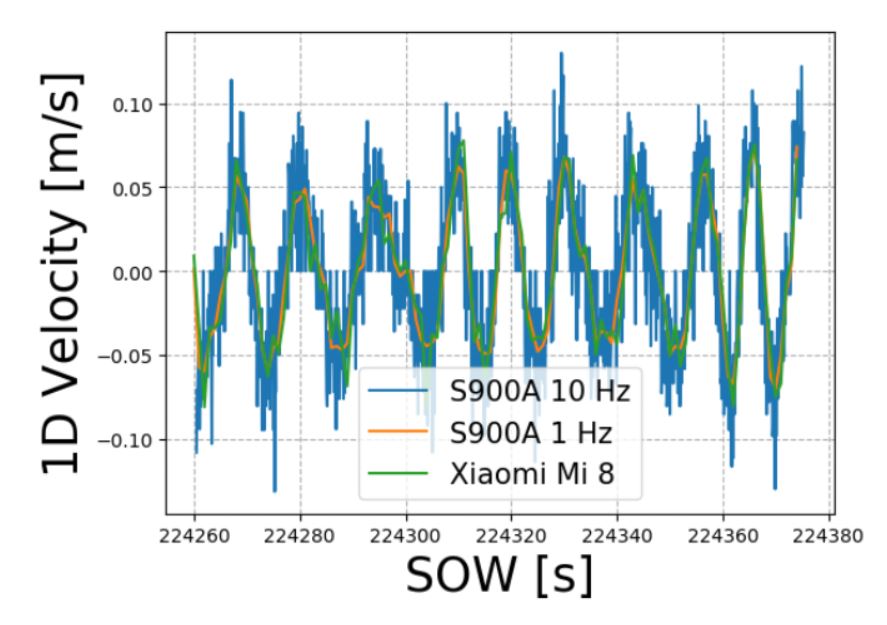Real-time fast movement detection with android GNSS raw measurements
Keywords:
Android GNSS Raw Measurements, Xiaomi Mi 8, GNSS variometry, high-frequency fast movementsAbstract
The release of the Android GNSS raw measurements API, during the 2016, is rapidly changing the world of GNSS mass-market
receivers. This Google API, running on Android devices with Noughat version or higher, enables the reconstruction, based on GNSS
raw measurements, of the traditional GNSS observables: pseudorange, carrier-phase, doppler and signal-to-noise ratio. The availability
of GNSS observables outside the internal chip allows the researchers to increase the location accuracy using traditional GNSS
algorithms and to find innovative applications for these devices. This paper investigates the possibility of detecting and retrieving fast
movements, with amplitude and frequency similar to the characteristics of seismic waves, using GNSS measurements from a Xiaomi
Mi 8. The algorithm used to analyze GNSS measurements is VADASE (Variometric Approach for Displacements Analysis Stand-
alone Engine), developed within the Geodesy and Geomatics Division of the University of Rome “La Sapienza”. It allows the real-
time estimation of velocities and coseismic displacements with accuracy of few mm/s and 1-2 cm with geodetic receivers. Firstly, the
noise level of the variometric velocities estimated on Android measurements from Xiaomi Mi 8 is investigated: few mm/s for the
horizontal components and of about 1 cm/s for the vertical component were obtained in static condition and open sky environment.
Moving on tests executed in kinematic scenario, experimental tests on observations data collected from the Xiaomi Mi8 placed over a
vibrating table, able to work in one direction, were carried out. The comparison with reference values, obtained using a geodetic class
receiver, shows accuracy of 0.011 m/s and 0.02 m in the estimation of velocities and displacements of a periodic movement compatible
with 1 Hz observation rate.
Downloads

Downloads
Published
How to Cite
Issue
Section
License

This work is licensed under a Creative Commons Attribution-ShareAlike 4.0 International License.



